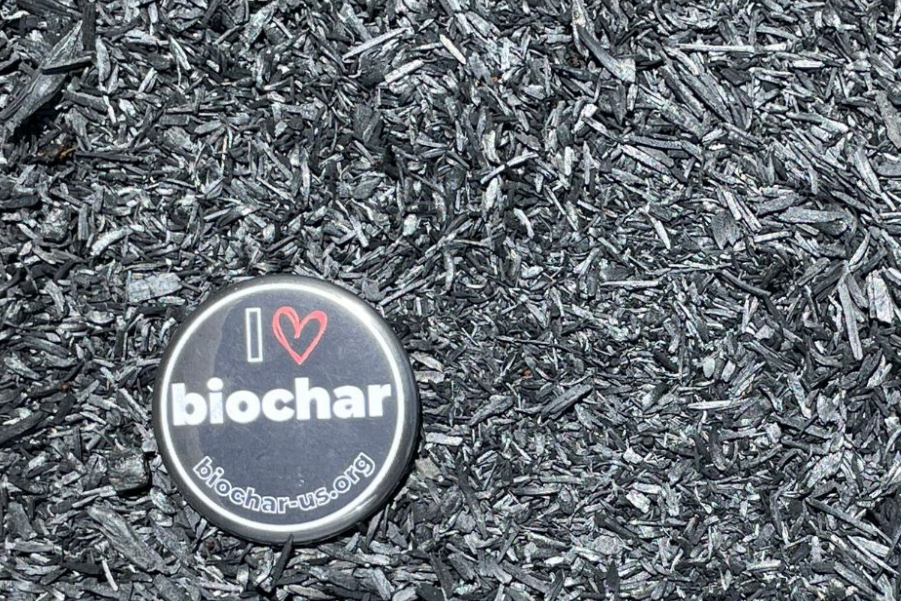
Here is the second post of the key takeaways from the presentations I attended at the US Biochar Initiative in Sacramento, California. I was there presenting on behalf of Arigna Group one of the largest biochar/biocoal producers in Europe and I’d appreciate if you would follow the company on its transition from fossil fuels to biocoal and carbon sequestration.
1. There was an interesting discussion on the Building Blocks of Finance with Ryan J. Letourneau, Alec Kushnir, Tanner Martin and Joshua Kaufman. The key points that I took away are that:
(i) some funders prefer the optionality of many revenue streams (carbon credits, biochar, biofuel etc.) whereas other funders view this as a lack of focus,
(ii) there are very few long term offtake contracts around which is a serious hindrance to financing,
(iii) purchasers of offtakes want serious scale, and
(iv) producers should consider the funder type they are pitching to (VC’s who are looking of growth, IP and disruption or infrastructure funders who are looking for steady and stable returns).
2. Johannes Lehmann pointed out that the public prefers nature based carbon credits over DAC whereas most of the funding goes to DAC. Biochar sits a sweet spot (where people understand what it is) and it has the advantage of being easier to measure and monitor than nature-based projects.
3. Lori Tunstall gave a very detailed presentation on the feasibility of replacing cement in concrete with biochar. The key takeaways were;
(i) replacing cement in concrete at percentages up to 30% added to strength and lowered permeability,
(ii) all forms of biochar tested (different feedstocks) worked,
(iii) 30% replacement resulted in 60% reduction in CO2 emissions,
(iv) in a highly competitive industry, cost is a crucial issue and $275 per ton is the breakeven price for biochar use, and
(v) other obstacles to adoption are product failure risk, tradition, and even the colour of the resulting concrete.
4. Bryan M. Eagle III gave an informative presentation on rice hulls/husks in biochar applications. The key conclusion was that while there are huge volumes of hull available, it is a challenging material to convert to biochar because of the high silica content and resulting ash. However, the resulting biochar is good replacement for cement due to:
(i) the higher pozzolanic activity,
(ii) increased hardness and
(iii) improved insulation and sound proofing.
5. Somayeh Nassiri presentation noted that because less coal is being burned in the manufacture of cement, there is shortage of flyash-like material which is used to replace cement in concrete. She also pointed out that biochar can be used to make biocoal to replace coal in the manufacture of cement and this is nearly as big an opportunity as insetting in terms of CO2 emission reduction.
Watch the presentation HERE.




